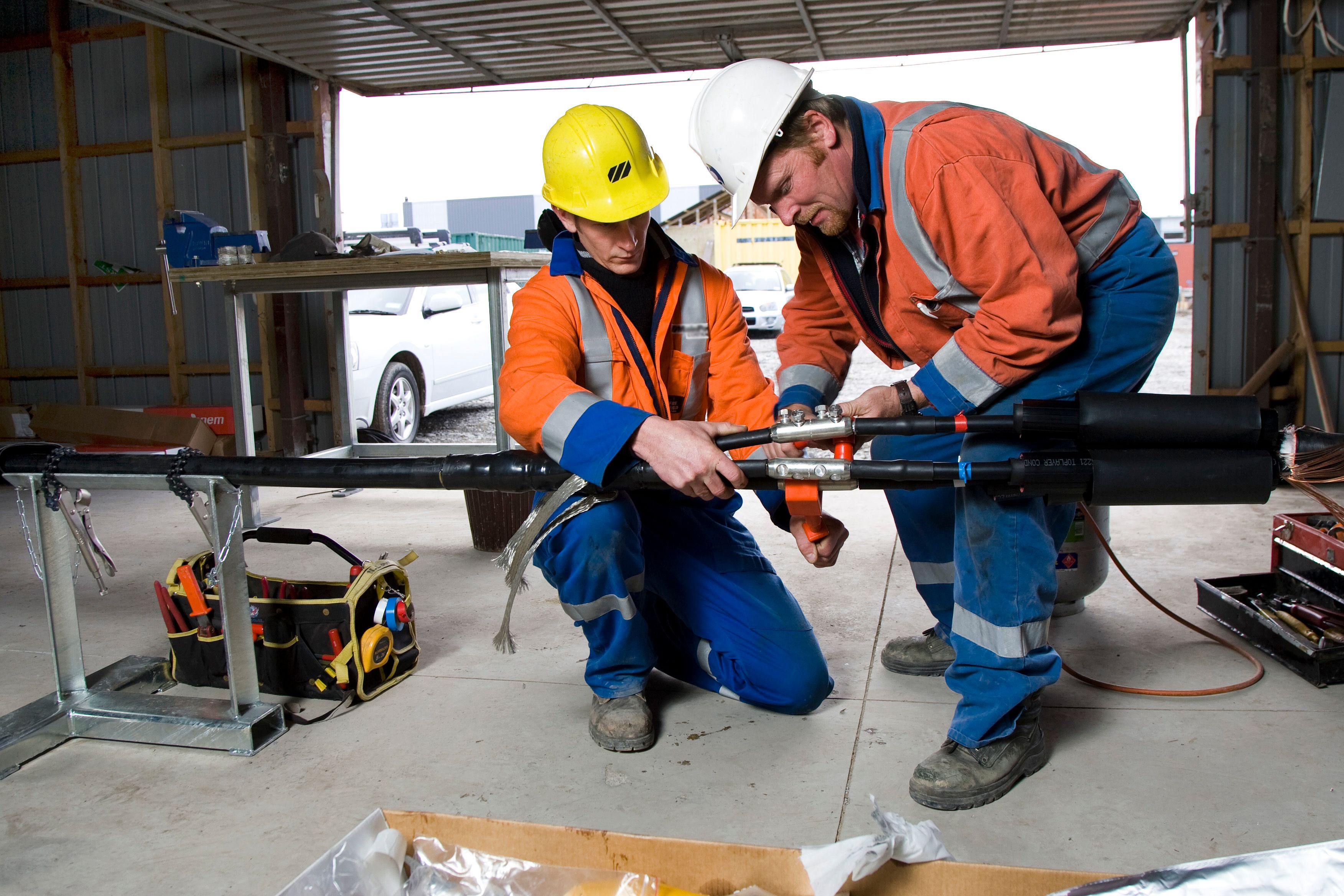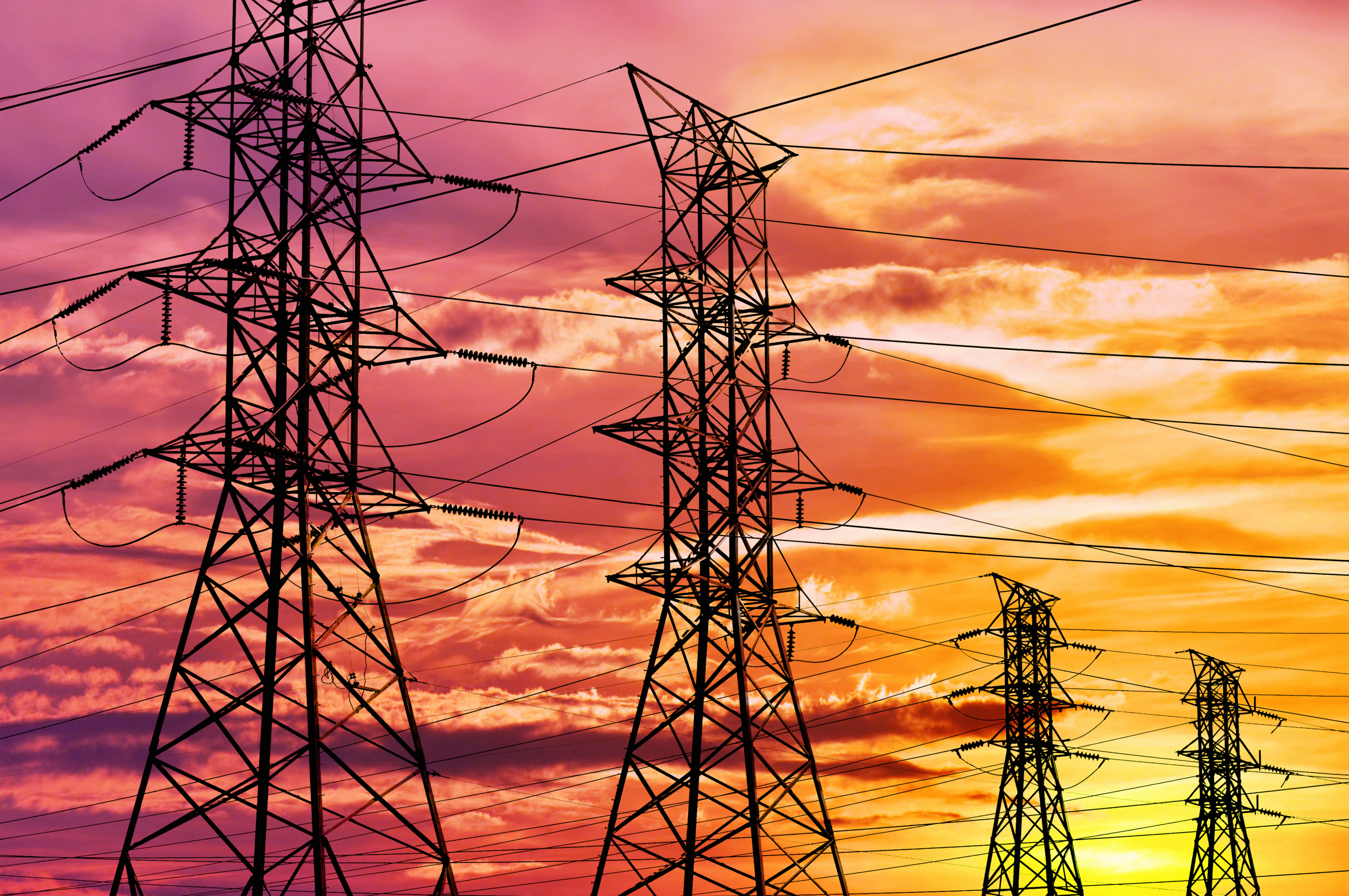Turning challenge to opportunitySponsored
By Kaarin Gaukrodger, Connexis
The 2021 landscape for the infrastructure industry is a mix of unique opportunities and challenges. While our workforce continues to be resilient and adaptable to change, Covid-19 has reshaped the lives of not only our workforce but the entire population of New Zealand.
With challenge comes opportunity and because of the critical nature of the work our industry does, ensuring the effective day to day running of the country, the demand for skilled people continues. The labour market has constricted from the impact of Covid-19 but restrictions on people movement around the world has driven demand in the energy sector that has for years been reliant on immigration to cover local skills shortages.
While there is pressure to plug immediate skill gaps, it is also critical to look further out. The energy sector is challenged to meet government targets on climate change through increasing renewable energy, provide for advances in technology and address changes in demand for electricity. This changing landscape brings a new set of skill requirements that need to be planned for now to ensure an industry that is future-ready.
In 2018 the Government made moves toward securing an increase in the local labour market through the announcement of the Reform of Vocational Education (RoVE). This initiative aims to encourage more people into work-based training and promote trades as an attractive career choice. Transitioning learners from classrooms into the workforce and providing school students with a career pathway equal to that of university is aimed specifically at addressing industry workforce needs.
Just as RoVE was starting to ramp up, Covid-19 hit and the Government responded, funnelling displaced workers into industries with skills shortages. The release of Free Trades Training (the Targeted Training and Apprenticeship Fund) and the Apprenticeship Boost scheme has seen an unprecedented growth in trainees and apprentices within the infrastructure industries.
Women have been most affected by Covid-19 through job losses, opening up an opportunity for our industry to bring more women into roles throughout the country. Connexis has a number of initiatives targeted to help attract women into infrastructure and is proud to have been working on this goal long before Covid hit.
Covid-19 brought a temporary halt last year to two important annual industry events, Girls with Hi-Vis® (GWHV) and Annual Connection. We are happy to say both events are back this year. GWHV will be held in venues across the country throughout June and Annual Connection is scheduled for September in Christchurch.

Vocational learning funded through to August 2022
The Apprenticeship Boost scheme is a wage subsidy to support employers to take on and retain apprentices. As part of the Government’s post Covid-19 recovery programme this funding has been extended until August next year and is projected to benefit as many as 5000 new apprentices.
This Government funding initiative is helping fill skills shortages and build a trained workforce in some of the most in-demand industries in the country, including electricity supply.
Initiatives like this and the Free Trades Training are driving an influx of trainees into our industries with our trainee numbers within the Energy industry alone rising 30 per cent since April 2020.
Find out more about the funding available here.

Increased work-based training, retaining expertise amidst reforms
RoVE is set to significantly change the approach to industry training with the aim of creating a unified operating and funding model and giving employers a stronger voice within a system designed to plug regional skills gaps, better meet workforce needs, and provide a greater focus on work-based training.
The Government’s reform will see Industry Training Organisations (ITOs), of which Connexis is one, disestablished and their Standard Setting functions moved into a Workforce Development Council (WDC). ITOs’ Arranging Training functions will be moved into a suitable provider. The providers within the system are Te Pūkenga, the new public entity established to take on the learners from the 16 polytechnics and a significant portion of industry trainees from ITOs; Wānanga; or Private Training Establishments.
Connexis has chosen to be an active participant in RoVE, to leverage the opportunities for our industries and work with the new establishments to ensure they best serve our customers, trainees and industries.
For the infrastructure industry and our Connexis customers and trainees, the transfer of Standard Setting and Arranging Training functions will happen this year. We are striving to deliver a seamless transition and are looking to ensure our industries are well placed to gain improved services and training options within the new system.
These changes will be significant for our people. As we move through this process, we are focused on keeping our people engaged, to retain their expertise within our industries and those of our assessors and specialised training providers. We hope to come through these changes with an improved service offering and training system that helps to address the skills shortages that continue to increase within our industries.
To do this we are investing in our growth strategy, increasing capacity, and building capability to leverage the new system. This includes significant investment in eLearning and continued work with our industry experts on maintaining and improving our qualifications and programmes.
Stay up to date with RoVE updates here.

Two new qualifications launched in April
As part of our work with our energy experts we have two new qualifications, Live Line Levels 4 and 5, which launched last month. These programmes are delivered in a block course environment through both simulation and training on the network. These qualifications have been developed in response to industry demand, with the aim of ensuring trained live line mechanics stay safe onsite through providing national standards based on best practice.
Earlier this year several other new and refreshed qualifications were released following industry feedback. These include Fault Response & Switching Level 4, Line Mechanic Distribution Level 4 and Cable Jointing High Voltage Level 4.
More on qualifications available here.

The drive to attract more women to the industry
Ultimit – Women in Infrastructure, an initiative that encourages and promotes more women into the infrastructure industry, celebrates 10 years of success this year. Over the past 10 years, we have seen a real change in both attitudes towards women in these traditionally male-dominated industries, and in the number of women keen to join the infrastructure workforce.
Ten percent of our trainees were women in the year to February 2021, a huge increase from the 3 per cent figure just 10 years ago. The under-representation of women in the industry is still significant but the trend is moving in the right direction.
Just as importantly, there have been changes to work culture and recruitment practices that favour women, including mentoring programmes, flexible work hours and equal pay initiatives.
In 2018, for example, Genesis Energy embarked on a programme to reduce the gender pay gap for males and females doing equal value work. Another energy firm, Electrix, has a mentoring programme where female trainees are paired up with women who are already established within the industry.
Ultimit, launched as Women in Power, was initially developed to address the issues of skilled labour shortages within the electricity supply industry. While the industry battled to attract enough workers, fifty per cent of the population were not being targeted for recruitment as many considered that this was not an industry for women.
Women in Power recruited two cohorts of female line mechanics and followed their journey through their apprenticeships. The research from this brought understanding as to the benefit of having women in crews, their ability to do the job and how they enhance business outcomes.
It also identified business attitudes and approaches that would need to change to make the work environment attractive to women.
Today we face similar challenges in attracting enough workers to infrastructure.
Last year, according to Stats NZ, female workers fared worse than men across key labour market measures since Covid-19 and alert level measures began impacting New Zealand’s labour market.
The March 2020 quarter captured New Zealand’s labour market prior to the impact of the pandemic. Changes between then and the September 2020 quarter show that while both sexes have been negatively impacted, women were worse affected. “Nationally, the seasonally adjusted number of people in employment fell by 31,000 between the March and September 2020 quarters – over two-thirds (22,000) were women,” says Stats NZ.
Despite the increase in unemployment among women, our industries report difficulty in attracting enough female recruits. Women are often not exposed to trades as a viable career option.
As the Ultimit – Women in Infrastructure initiative enters its second decade, the focus has shifted to both amplifying the visibility of women in infrastructure and highlighting the opportunities available to women in the industry. The Ultimit Ambassador programme is key to both goals.
The programme has formalised agreements with infrastructure companies and their female employees to be an active and positive voice in showcasing the industry to women. The next step is establishing an online community to connect women working in our industries, provide support to them and get increased visibility of women in infrastructure across New Zealand.
The Girls with Hi-Vis® events, part of the Ultimit initiative activities, are also instrumental in demonstrating to young women the diverse opportunities our industries offer. Each June, Girls with Hi-Vis® gives high school girls the chance to spend a day in the industry, gaining exposure to some of the many and varied roles available and hearing from women currently working in infrastructure.

Planning ahead to future-proof a growing industry
As our industries look at solutions for a sustainable, skilled workforce, Connexis is working alongside our industry partners to understand and address skill requirements, create clear pathways into industry and increase diversity. We have some exciting new projects in the pipeline and we look forward to releasing information on these shortly.
Government continues to drive change and innovation in the energy sector, looking to reduce carbon emissions and increase renewable energy; increase electrification of transport; renew assets and increase regulatory compliance. These policies will increase the workloads and skills requirements of the industry over the next five years.
There has never been more need for a planned and coordinated approach to understanding and addressing the current and future skills needs of industry.
Women, and other under-represented groups within infrastructure and other trade professions, are part of the answer to the demand for trained local workers. This is being helped along by Government funding and policy change, and a recognition that importing skills is not, in itself, sustainable. As we move forward with RoVE, we look to help build a vocational education system that works for industry, better supports employers and learners, and delivers the skills our country needs for today and in the future.
Kaarin Gaukrodger is chief executive of Connexis – the Infrastructure Industry Training Organisation
